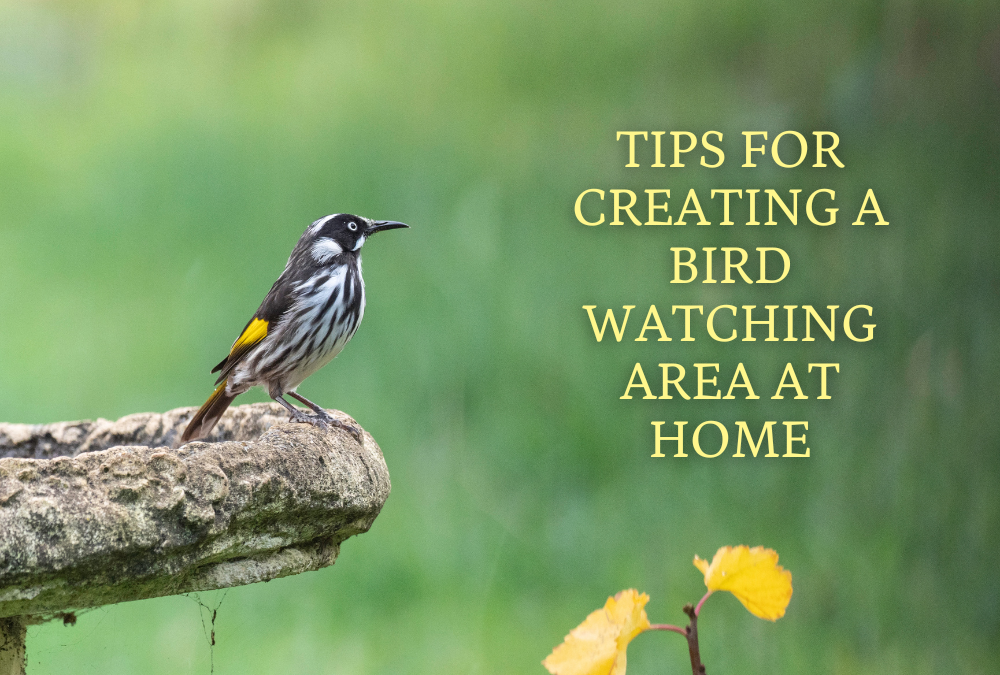Bird watching, also known as birding, is a delightful hobby that connects us with nature’s beauty. Whether you’re a seasoned enthusiast or a beginner, creating a bird-friendly environment at home can enhance your birding experience. Here are some expert tips to help you set up the perfect bird watching area:
1. Choose the Right Location
Pick a spot in your yard that offers a clear view of the surrounding area. Position your bird watching area near trees, bushes, or shrubs where birds can perch, rest, and seek shelter. A quiet and peaceful location will attract more birds, so avoid placing feeders and bird baths in high-traffic areas.
2. Provide Food and Water
Offer a variety of bird feeders stocked with different types of seeds, suet, and nuts to attract a diverse range of bird species. Keep feeders clean and refill them regularly to ensure a steady food supply. Additionally, install a shallow bird bath or fountain to provide birds with fresh water for drinking and bathing.
3. Create Habitat Diversity
Incorporate a mix of native plants, flowers, and vegetation in your yard to create a welcoming habitat for birds. Native plants provide food, shelter, and nesting sites for birds while supporting local ecosystems. Have a mix of evergreen and deciduous trees, flowering plants, and grasses to attract a variety of bird species throughout the year.
4. Offer Shelter and Nesting Sites
Install bird houses, nesting boxes, or bird-friendly shelters in your yard to provide birds with safe places to build nests and raise their young. Place nesting boxes at varying heights to accommodate different bird species and position them away from feeders to reduce competition and disruption.
5. Minimize Disturbances
Reduce noise and disturbances around your bird watching area to create a peaceful environment that attracts more birds. Avoid using pesticides and herbicides in your yard, as these chemicals can harm birds and disrupt their natural habitat. Supervise pets while outdoors to prevent them from chasing away birds. Don’t forget to give your windows a good cleaning if you’ll be bird watching from indoors.
6. Use Optics for Close-Up Views
Invest in a pair of binoculars or a spotting scope to observe birds up close without disturbing them. Optics enhance your bird watching experience by allowing you to appreciate intricate details of plumage, behavior, and movement. Choose lightweight and portable equipment for ease of use in your bird watching area.
7. Keep Records and Learn
Keep a bird watching journal or log to record sightings, behaviors, and observations of bird species visiting your yard. Use field guides, birding apps, and online resources to identify birds and learn more about their habits, habitats, and migration patterns. Join local birding groups or clubs to connect with other enthusiasts and share experiences. Reach out to Linda Pilmer for her favorite birding app or Diane Oros for details on her bird watching journal.
Creating a bird watching area at home brings the wonders of nature right to your doorstep. By following these tips, you can enjoy countless hours of birding. So, grab your binoculars, take a seat, and let the bird watching adventure begin!

